Introduction of Sidamo producing area | how about Sidamo coffee?
Professional coffee knowledge exchange more coffee bean information please follow the coffee workshop (Wechat official account cafe_style)
Washed Yega Chuefei is Ethiopia's representative coffee, its fresh fruit flowers make people drink endless flavor, let people admire: there is such coffee, this is really coffee rather than a cup of fruit tea? What about coffee from Sidamo, another famous boutique coffee producing area in Ethiopia? Sidamo is a boutique coffee producing area of Ethiopia as well as Yega Xuefei. The Yega Xuefei production area is mainly water washing, while the Sidamo production area has water washing and sun exposure, but it is mainly sun exposure. The two coffee beans in the Sidamo area of Qianjie are tanned, and Qianjie thinks that the flavor of sunburned coffee beans is stronger, sweeter and fermented than that of washed coffee beans. It's kind of like juice. On the whole, whether it is washed in water or in the sun, each has its own characteristics and is everyone's favorite!
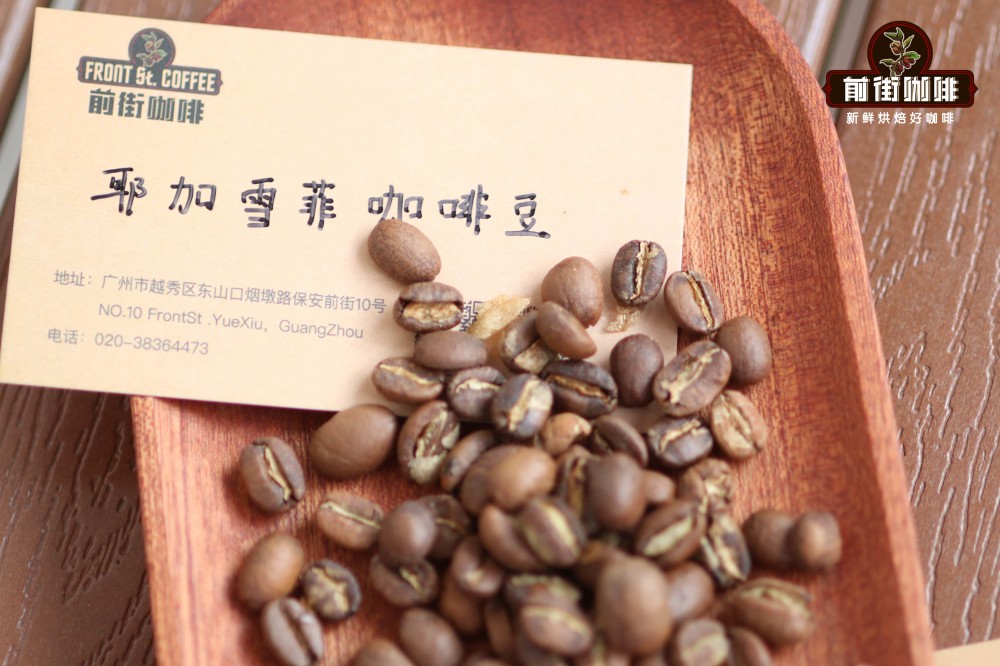
Unique aroma and taste of Sidamo
Sidamo Coffee beans are grayish, thick in some places and small in others, with soft and strong acidity, mellow and sweet and spicy. It is one of the courtyard coffees in the highlands of southern Ethiopia. Unlike ordinary African coffee, Sidamo has clear acidity, smooth taste and delicate floral smell.
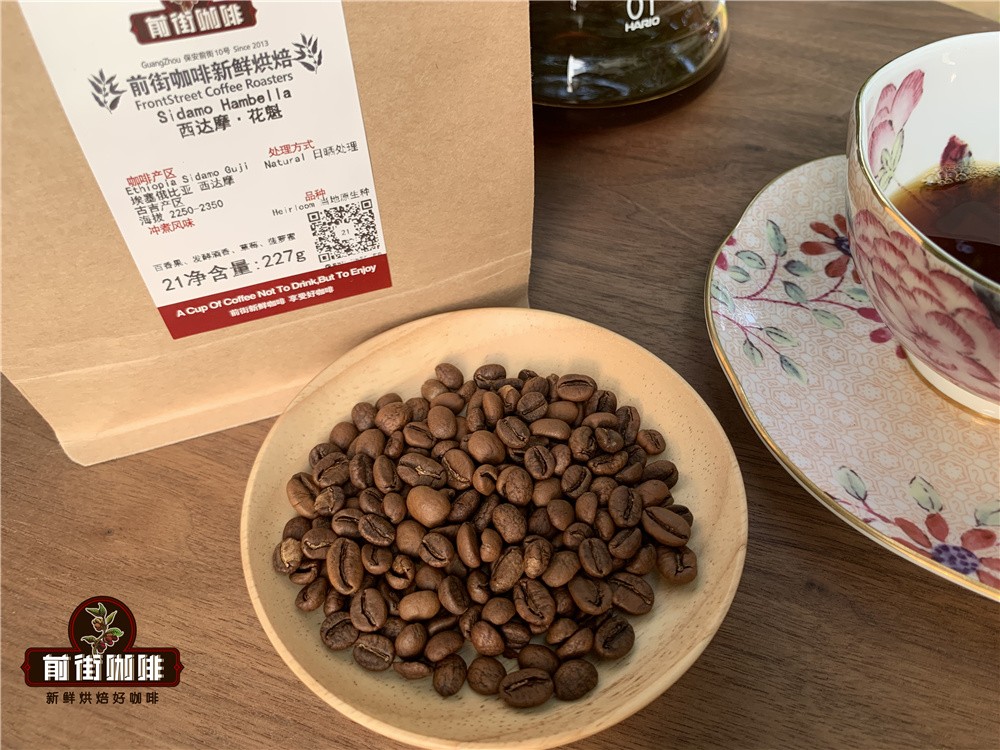
The taste of Sidama in the sun is close to the smell of flowers, but it is about a little earthy. Water washing has a nutty fruit aroma with a slight cocoa aroma, but what the two have in common is smooth taste and viscosity, comfortable and pleasant acidity and fragrance. Light or medium roasting is suitable for individual products, while medium or deep roasting is suitable for blending coffee and good Espresso base.
The washed Sidamo is light green, the beans are small, the growth is oval, the fruit is full, the average quality is good, the smell is fragrant and mellow, a drop of entrance, endless aftertaste, with wild beauty. It is elegant and playful, the palate is mild and pleasant, with a strong taste impact with the later bright lemon acid, the taste is unique and mellow, the taste is unique and pleasant, and the slowly rising end rhyme contains chic sweetness.
Ethiopian coffee
Ethiopia is recognized as the birthplace of coffee, the coffee produced is also highly respected in the boutique coffee market, and Ethiopian coffee is almost available on the menu of coffee shops around the world. Ethiopia's producing areas vary widely, and coffee cups from each producing area, micro-producing area and even farm vary greatly, but no matter which producing area it is, as long as it is Ethiopian Arabica coffee, many people can't stop.
In Ethiopia, coffee production is both the labor of most people and an important source of income, and coffee is also integrated into the culture and economy of the country.

Ethiopia is the sixth largest coffee producer in the world. It is reported that 100 million people are directly or indirectly engaged in the coffee industry worldwide in 2018, and Ethiopian coffee workers account for 20% of the 100 million people. In 2017, the country produced about 470000 tons of raw coffee beans, of which about 160000 tons were exported, which means that Ethiopia exports less than half of its total coffee production and consumes the rest domestically.
Coffee has been integrated into the social fabric of Ethiopia for hundreds of years. It is reported that the common word used in local social activities is "buna tetu", which means "drink coffee". One of the most famous Ethiopian proverbs is "buna dabo naw", which means "coffee is our bread".
Sidamo
The two producing areas of Sidamo and Yejasuefei both belong to Ethiopia. Generally speaking, Sidamo is a province. Yegashafi is a town in Sidamo province. Sidamo is 2100 meters above sea level, and Yega's producing area is even higher above sea level. the highest elevation is more than 2600 meters, which is also much higher than that of Sidamo. Growing in Ethiopia's southernmost plateau, Sidamo is a famous boutique coffee area in southern Ethiopia, bordering Kenya, southeast of Gemma and just south of the capital.
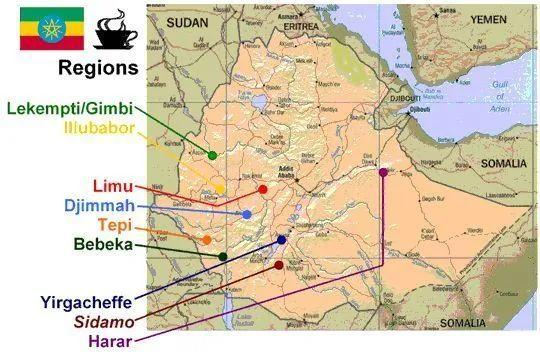
Sidamo is one of the most productive coffee-growing areas in Ethiopia, producing a large amount of high-quality coffee every year. This producing area was formed after Ethiopia was separated from Italian rule in 1942 and its name comes from a group of aboriginal peoples called Sidamo. This area also produces some of Ethiopia's highest coffee.
The coffee in Sidamo has a variety of flavors. Different soil types, microclimates and countless native coffee species, towering mountains, highlands, plateaus, valleys and plains, diverse topography, and the geology of the area belongs to nutrient-rich, well-drained volcanic soil. the depth of the soil is nearly two meters, and the surface soil is dark brown or brown.
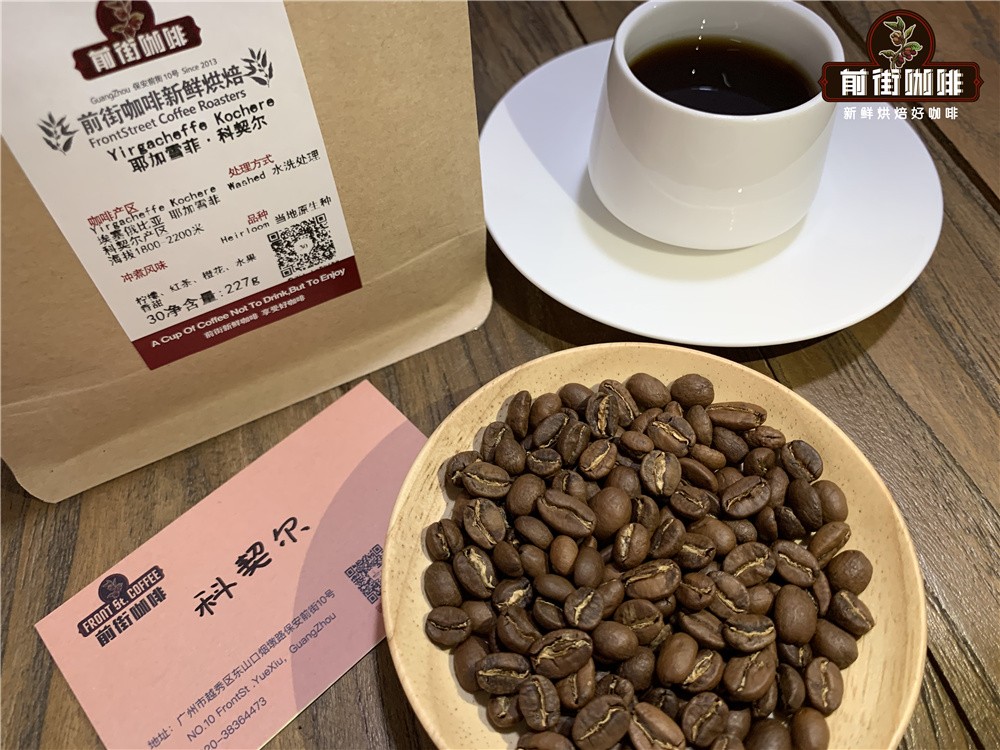
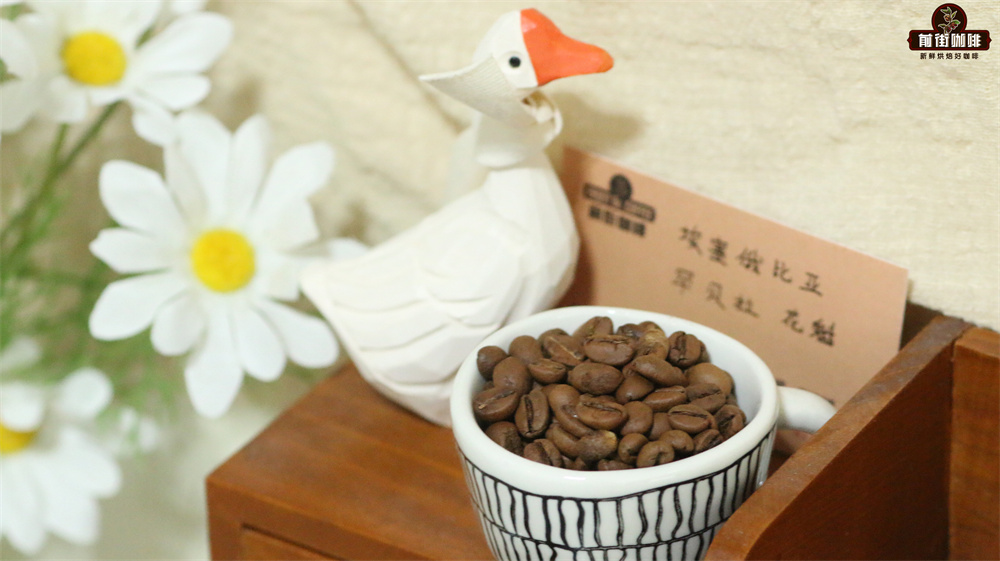
The greatest advantage of Sidamo is that the soil fertility is maintained through the circulation of organic matter, using the withered leaves of the surrounding trees or the residual roots of plants as fertilizer. Therefore, the coffee produced in cities and towns has obvious differences and characteristics. In 2010-2012, it continuously obtained the high score of CR92~94, the authoritative coffee evaluation website in the United States. Thus it can be seen that the raw beans in this area are extraordinary.
Guji producing area
And Sidamo is most famous for its Sakui coffee. This bean comes from Hambella and is located in Guji, Ethiopia's largest coffee producing area. The administration belongs to Oromia and once belonged to the Sidamo region, but it has been independent into a new producing area by the Ethiopian Commodity Exchange (ECX) since 2010. The west of Humbera is opposite the Yega Fichier Mountain. There is a highland barrier between the two producing areas, which is 3200 meters high and 30 kilometers wide. The geographical characteristics bring about a significant temperature difference between day and night, so that the local has all the local conditions to produce high-quality boutique coffee. The north-east is bordered by Shakiso, Wulajia and Kolshazi in Guji, respectively. It is the highest coffee-producing area in Ethiopia.
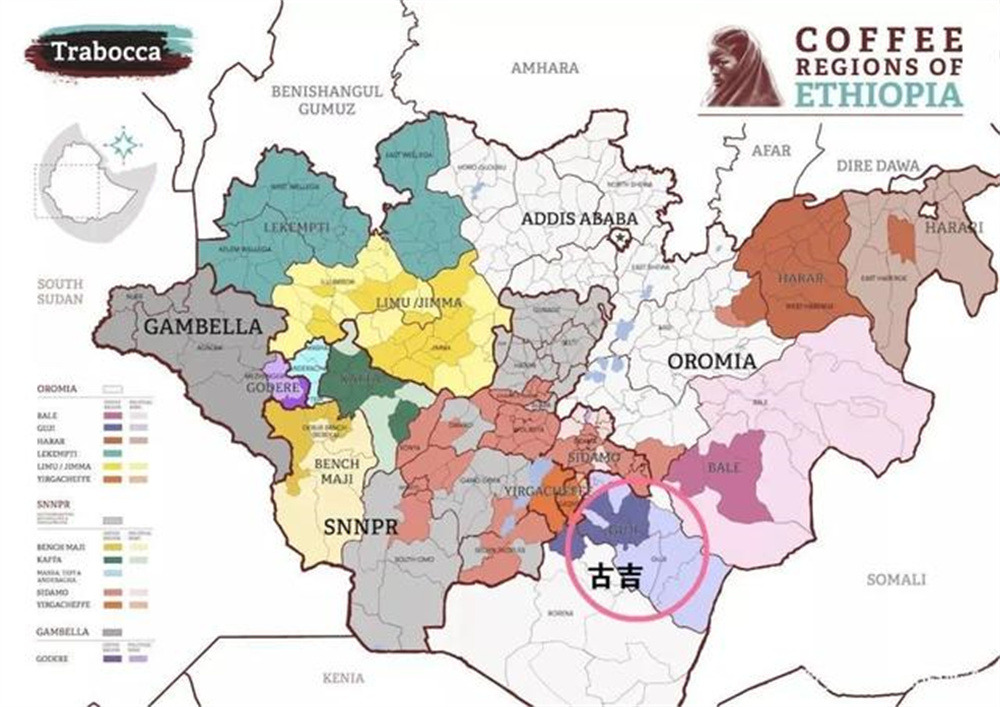
At present, there are nearly 20 processing plants of various sizes in Humbela production area. In 2017, Ethiopia's DW Raw Bean Company sent their coffee beans to the TOH (the Taste Of Harvest) Raw Bean Competition hosted by the African Coffee Association, and a sun batch from the "Buku Abel" processing plant won the TOH Ethiopia championship with its strong strawberry and cream aroma. At that time, this batch of raw beans was introduced to China by Hongshun, a raw bean trader in Beijing. in the same year, Li Jianfei used this bean to win the runner-up in China in the 17-year World Cooking Competition. This Ethiopian bean stands out among the many rosy summer beans, so it is named "Sakuran". Rosa Geisha means geisha in Japanese, and Hua Kui means the head of a geisha to show the excellence of this bean. )
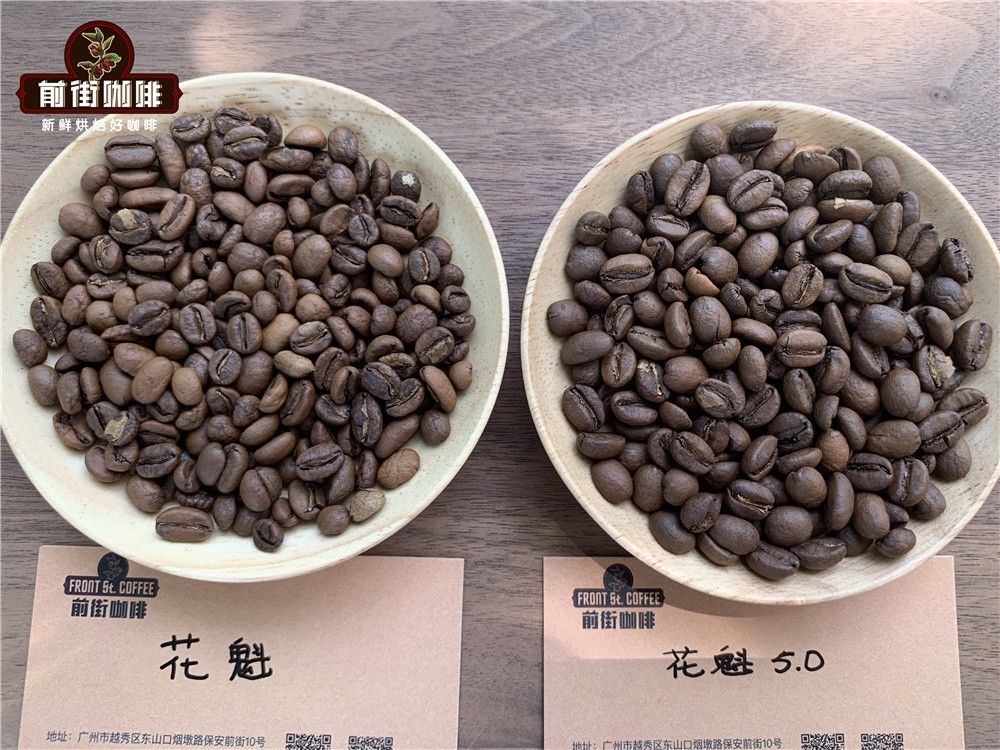
Subsequently, DW added processing plants in Dimtu, the core production area of Hambella, namely "Buku Abel", "Buku Saysay", "Haro Soresa" and "Tirtiro Goye", with an annual output of about 1100 tons of coffee. In terms of planting areas and treatment plants, of all these estates and treatment plants, only those from the treatment area of the "Buku Abel" treatment plant cover the small producing area of sun-cured coffee beans. In other words: only the sun-cured coffee beans produced and processed by Buku Abel can be called "Sakuran". Coffee is a crop, and the annual climate environment is also related, so the annual coffee bean flavor will be a little different, DW company in order to distinguish the annual Sakui coffee beans, so called Sakui 2.0, Sakui 3.0, Sakui 3.1, Sakui 4.0, Sakui 5.0, Sakui 6.0, and this year 2023 Sakui 7.0 will also be met with you.
Arsi producing area
Arsi is also a coffee producing area in the Sidamo coffee region. West Arsi is located between the famous Yirgacheffe coffee growing area and the Haller Hararge, in the western part of the Sidamo region, named after a branch of the Oromo people who have lived here for a long time. West Alsi consists of three woredas, namely, Arsi (Arsi), Bale (Bale) and East Shewa (Ethiopia's third-tier administrative region). About 88.52% of the population of West Alsi is Oromo, which is very important in the history of coffee because they are the first tribes in human history to drink coffee, and half of the coffee produced in Ethiopia comes from the region.
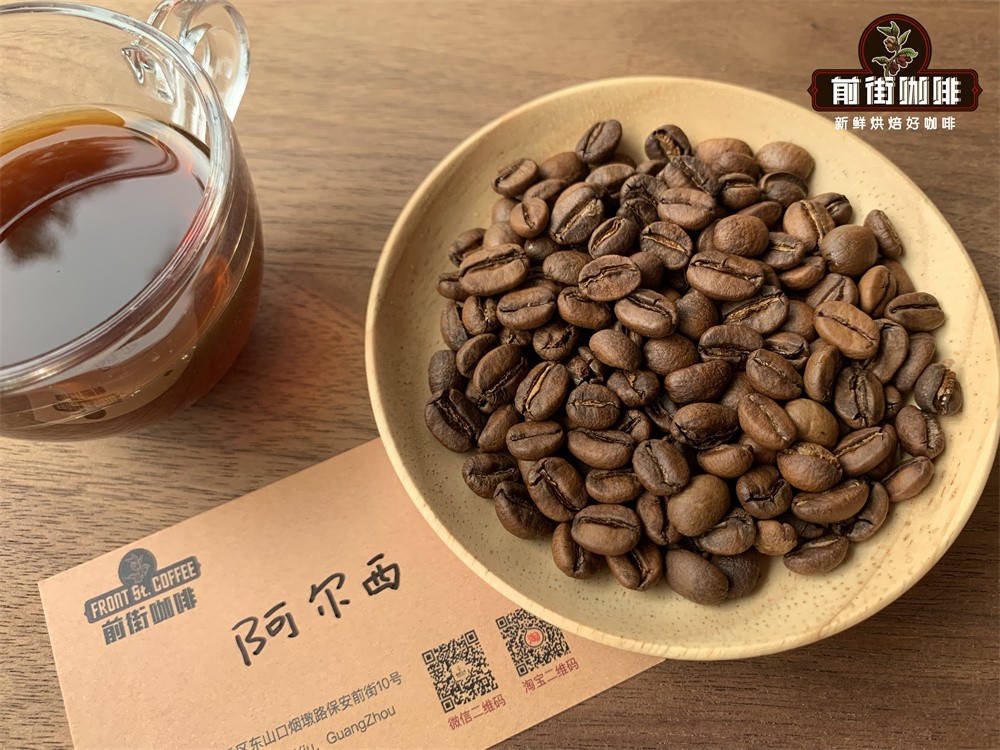
Coffee cultivation in West Alsi is based on a smallholder model, and the average smallholder farm is not large, about 2-3 hectares, but even so, they tend to be slightly larger than the usual 1.5-2 hectares in most parts of Ethiopia. Although the current coffee planting technology is still in the stage of development, compared with other producing areas, the development of coffee planting technology in West Alxi is very fast. Coffee farmers do not need to hire temporary or full-time workers, but choose coffee with the help of their families. This allows them to better control the quality of coffee, and processing stations usually pay extra for ripe red cherries, greatly increasing the enthusiasm of coffee farmers.
Huakui coffee bean variety
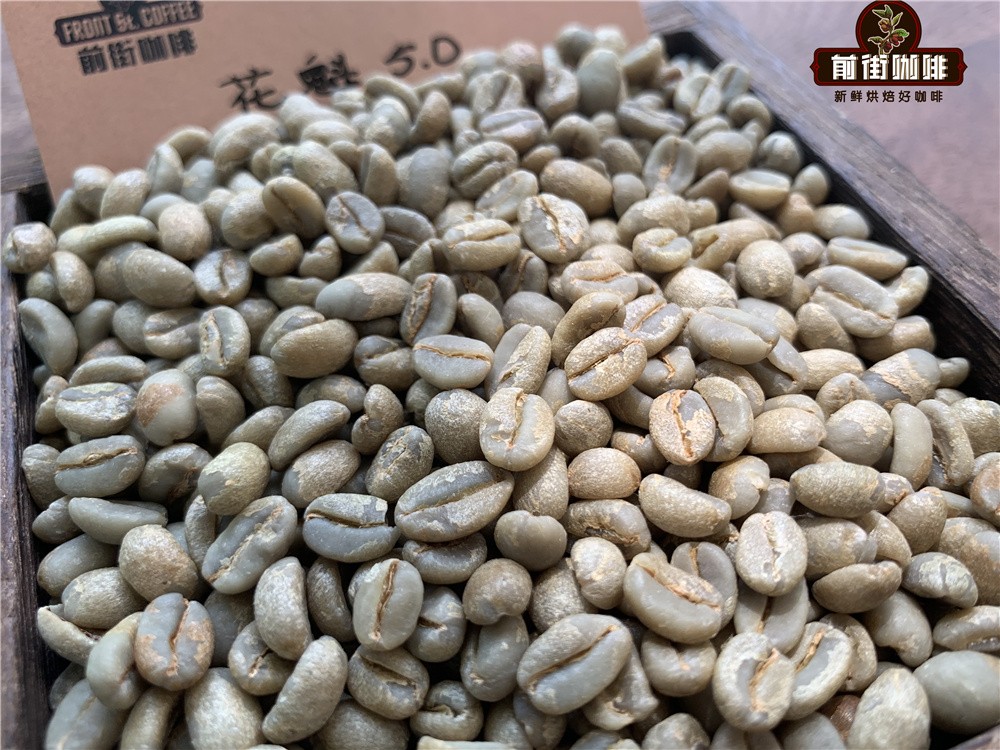
Ethiopia, as the birthplace of coffee, has a large number of coffee varieties, whether unknown or known, Ethiopia is like a treasure trove of varieties. There are still many species that have not been discovered, and of course, the Ethiopian government keeps the genetic information of the species secret, so it is collectively referred to as the local native species. So the variety of Huakui 5.0 is also native to the region.
Coffee bean treatment
There are two ways to treat Sidamo coffee beans: washing and tanning. The washing method is to screen the high-quality fruit, remove the peel and pulp, soak and ferment in the flume, and then dry until the moisture content is about 12%. The law of sun treatment is relatively simple, using sunlight to directly let the fruit have a moisture content of about 12%, and then remove the peel and pulp.
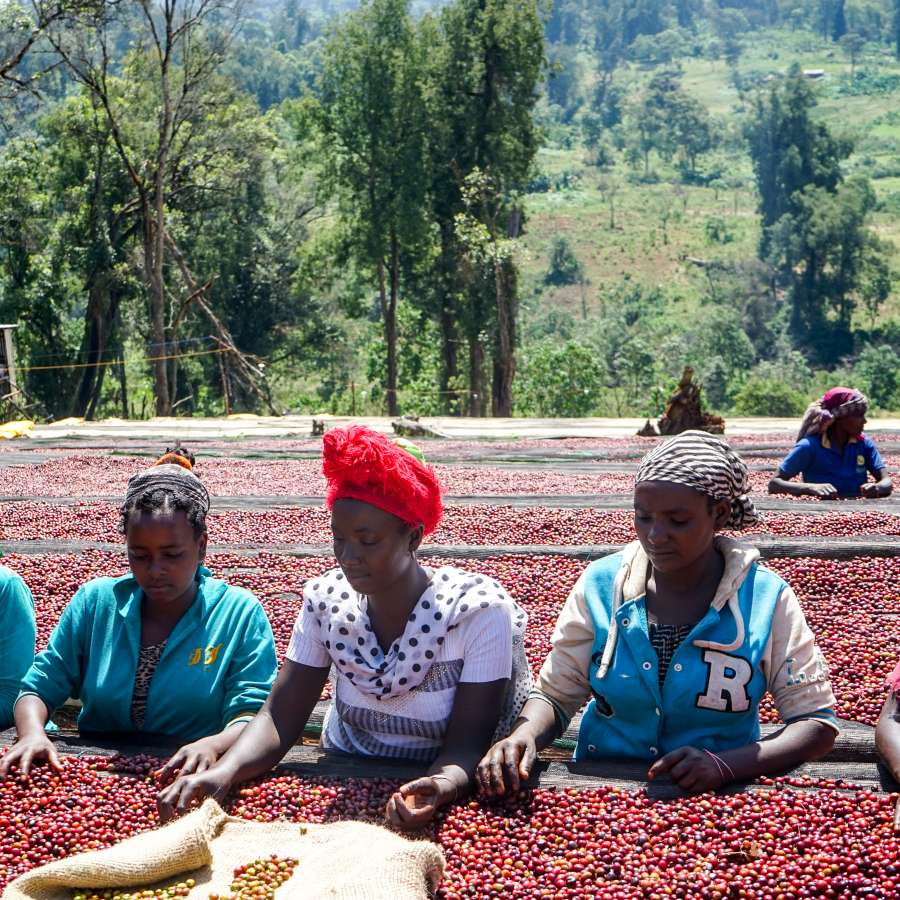
Different treatment methods will also lead to different flavors of coffee beans. Washing can better reflect the original citrus acid and floral flavor of Sidamo coffee beans, while the sun will increase the aroma on the basis of the original flavor.
Parameters for brewing Sidamo coffee on the front street:
As a light roasted Sidamo coffee, Qianjie chose: V60 filter cup, water temperature 90 ℃, water powder ratio 1:15, powder content 15g, grindability (China 20 standard sieve pass rate 80%)
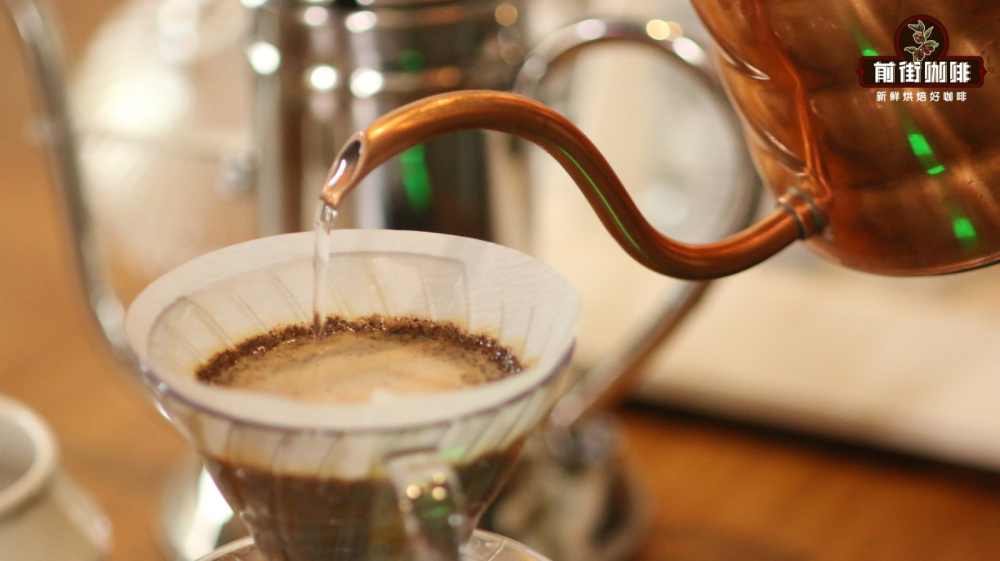
The use of segmented extraction, with twice the amount of coffee powder water for steaming, that is, 30 grams of water for 30 seconds, and the reason for the need for steaming process is to make coffee powder can discharge the internal carbon dioxide gas, so that the latter stage of the extraction is better stable. When the small water is injected around the circle to 125 grams, the injection will be stopped until 225 grams, then the filter cup will be removed after the dripping of the filter cup, and the extraction time will be 2 minutes 39 grams. Next, pick up and shake the whole cup of coffee, then pour it into the cup and taste it.
[sun Arsi Coffee]: it smells of berries and honey, with jam-like sweetness all over the mouth, with nectarine flavor at the end and juicy taste. After cooling, it is more like a cup of plum and nectarine-flavored juice.
[sunny Huakui 5.0 coffee flavor]: the flower and fruit aroma is very obvious, citrus, passion fruit, strawberry, oolong tea, have a high sense of sweetness.
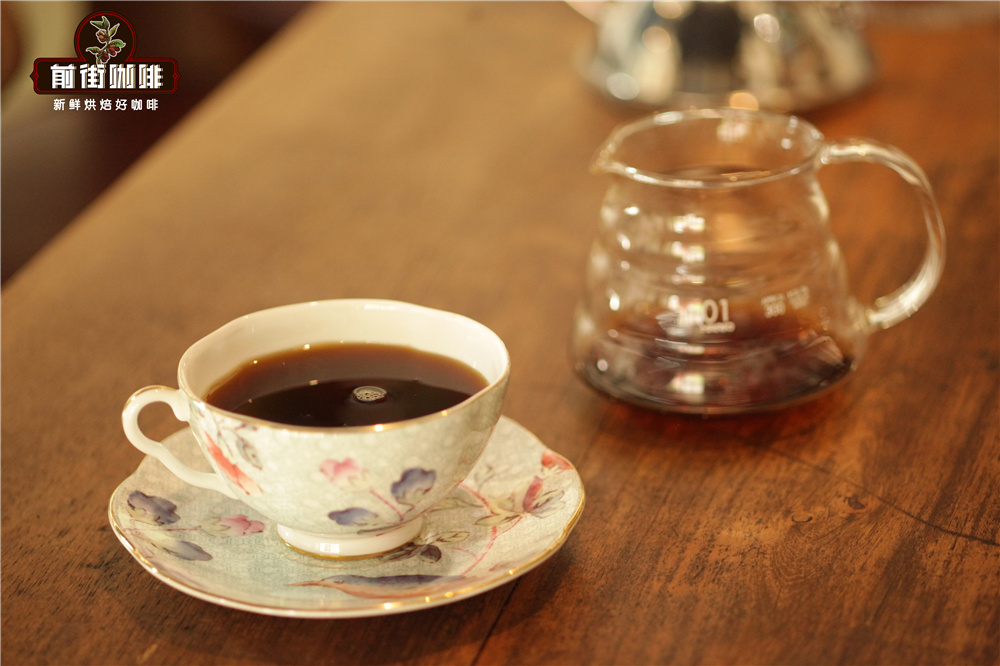
In the comparison of the flavor of the two beans, Arsi has a slightly better sense of sweetness and juice, especially when it is hot, the flavor of jam and honey is irresistible, and the feeling of fruit juice is more obvious and comfortable when the temperature drops.
On the other hand, Sakuran prefers the flavor of tropical fruits, and the alternating gap between sweetness and acidity is a great surprise. Compared with the two, Sakuran's sense of fermentation will be stronger.
Suggestions for making coffee in front of the street:
As for the brewing of coffee, Qianjie has always believed that the freshness of coffee beans has a lot to do with the flavor of coffee. Therefore, the coffee beans shipped from Qianjie coffee are all roasted within 5 days. The purpose of Qianjie roasting is "freshly roasted coffee", so that every guest who places an order is the freshest coffee when he receives it. The bean cultivation period of coffee is about 4-7 days, so when the guest gets it, it is the time when the flavor is the best.
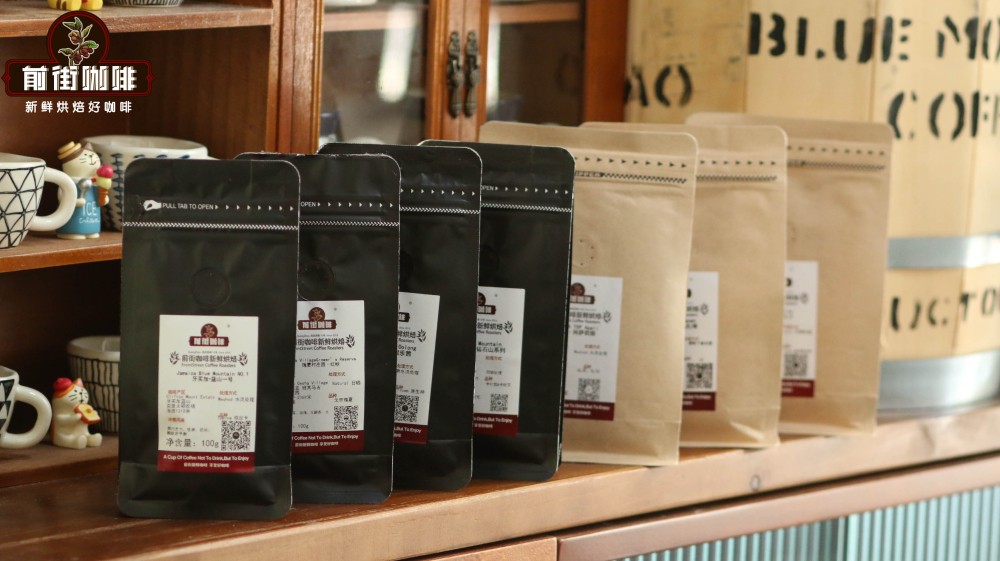
For those who need to be ground, Qianjie warmly reminds you that if the coffee beans are ground in advance, there is no need to raise the beans, because in the process of transportation, the pressure caused by carbon dioxide in the package can also make the coffee flavor round. so you can drink a cup of coffee as soon as you receive the coffee powder. But the coffee powder needs to be brewed in time, because the coffee powder oxidizes more quickly after contact with the air, that is to say, the flavor of the coffee will dissipate more quickly, and the flavor of the coffee is not so good. Therefore, Qianjie suggests buying whole beans, grinding and flushing now, so that we can better taste the flavor of coffee.
Essel's coffee flavor is like a cup of fresh fruit tea, let people drink endless aftertaste, belong to a kind of acid. If you don't like sour friends, then Essel's coffee is not very suitable. Then it would be nice to have a cup of Brazilian coffee that is not sour but bitter. Brazilian coffee tastes good with the aromas of nuts, chocolate, caramel and peanuts. However, the Mantenin coffee on the front street is very popular. It is golden manning coffee, as attractive as a man! The palate is thick and clean with nutty notes and a chocolate finish.
For more boutique coffee beans, please add private Qianjie coffee on Wechat. WeChat account: qjcoffeex
Important Notice :
前街咖啡 FrontStreet Coffee has moved to new addredd:
FrontStreet Coffee Address: 315,Donghua East Road,GuangZhou
Tel:020 38364473
- Prev
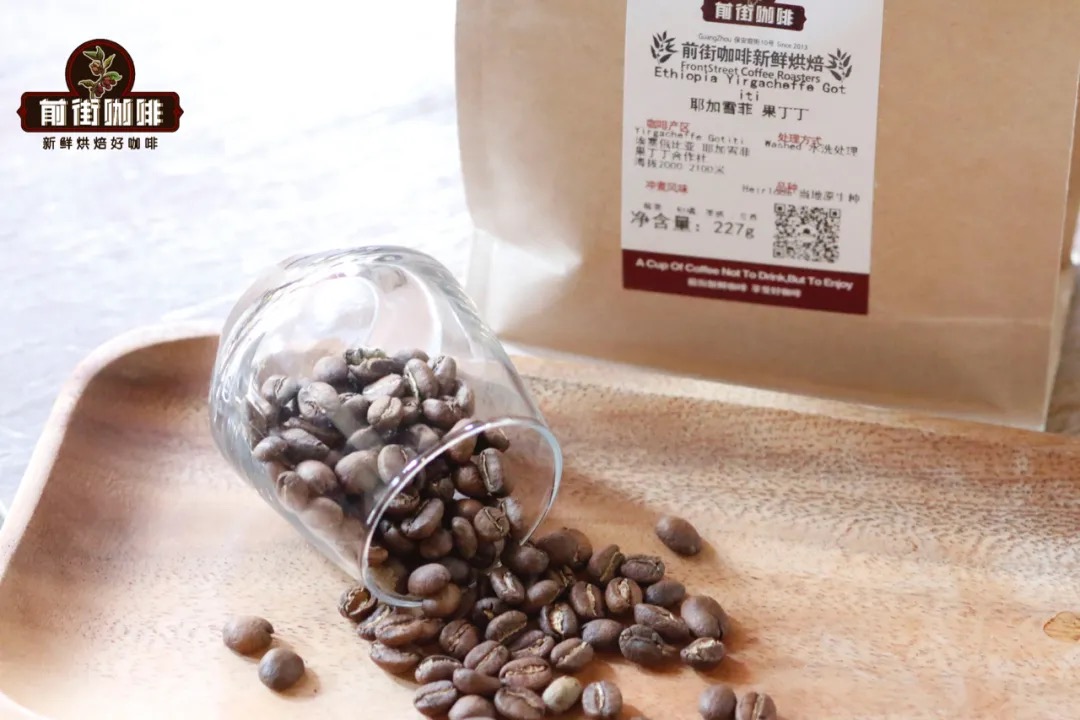
Grade introduction of Yejiaxuefei Coffee Bean and Sakui Coffee
The town of Yirgacheffe, located in the Sidama region of Ethiopia, about 1900 meters above sea level, is the administrative center of the coffee growing area. Yega Sheffield coffee farmers are usually members of the Yega Sheffield Coffee Farmers Cooperative Alliance (YCFCU), which consists of 23
- Next
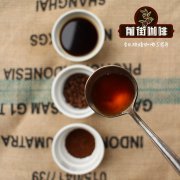
Haller, one of the three major producing areas in Ethiopia | Haller coffee flavor characteristics Harrar
Ethiopian Haller (Harrar) coffee is a wild, exotic Arabica coffee grown in the Oromia region of southern Ethiopia (formerly Haller), between 1400 and 2000 meters above sea level. Haller (Harrar) province is located east of the capital Addis Ababa (Addis Ababa). Altitude: 1510-2120 m varieties: native varieties
Related
- Detailed explanation of Jadeite planting Land in Panamanian Jadeite Manor introduction to the grading system of Jadeite competitive bidding, Red bid, Green bid and Rose Summer
- Story of Coffee planting in Brenka region of Costa Rica Stonehenge Manor anaerobic heavy honey treatment of flavor mouth
- What's on the barrel of Blue Mountain Coffee beans?
- Can American coffee also pull flowers? How to use hot American style to pull out a good-looking pattern?
- Can you make a cold extract with coffee beans? What is the right proportion for cold-extracted coffee formula?
- Indonesian PWN Gold Mandrine Coffee Origin Features Flavor How to Chong? Mandolin coffee is American.
- A brief introduction to the flavor characteristics of Brazilian yellow bourbon coffee beans
- What is the effect of different water quality on the flavor of cold-extracted coffee? What kind of water is best for brewing coffee?
- Why do you think of Rose Summer whenever you mention Panamanian coffee?
- Introduction to the characteristics of authentic blue mountain coffee bean producing areas? What is the CIB Coffee Authority in Jamaica?

